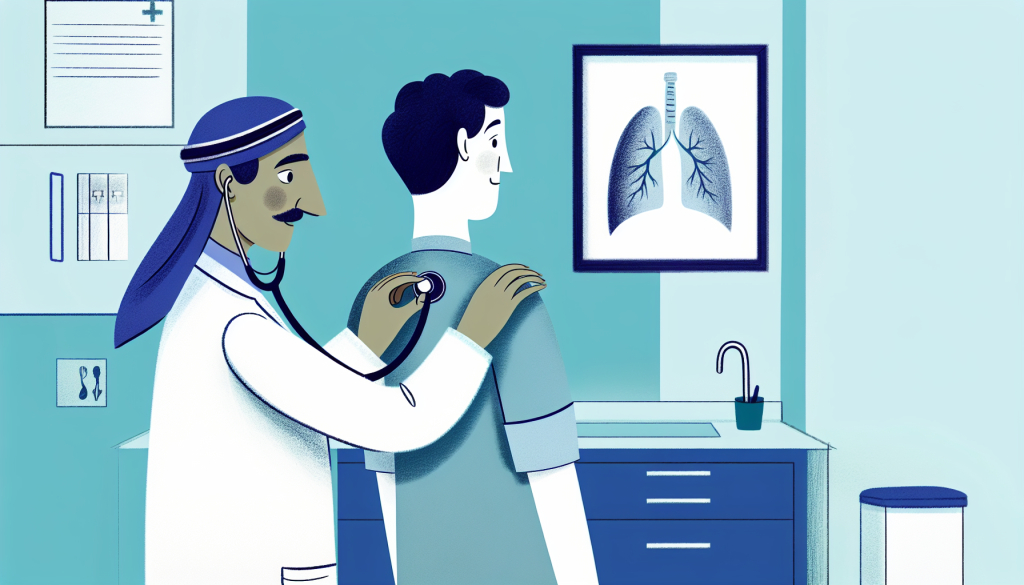WHO and WMO release updated report and recommendations to safeguard workers from rising heat-related risks

The World Health Organization (WHO) and the World Meteorological Organization (WMO) have released a collaborative report offering new insights and advice on the increasing health risks workers face due to extreme heat.
As the climate continues to change, heatwaves are not only becoming more frequent but also more severe. This presents serious health consequences for workers exposed to high temperatures, especially in physically demanding jobs like farming, construction, and fishing. Vulnerable groups in low-income and developing nations—such as children, the elderly, and low-wage workers—are also experiencing heightened risks due to rising temperatures.
“Millions of workers, especially in marginalized communities, are already suffering from the effects of extreme heat,” said Dr. Jeremy Farrar, WHO Assistant Director-General for Health Promotion. “This guidance provides realistic, research-based solutions to safeguard health, reduce disparities, and build a more resilient workforce amid climate challenges.”
The publication, titled Climate Change and Workplace Heat Stress, synthesizes over fifty years of findings to emphasize how rising heat levels are affecting workers' physical health and productivity. According to WMO data, 2024 registered as the hottest year ever recorded, with temperatures above 40°C—and even 50°C—becoming more common. This trend underscores the urgent need for immediate global action to minimize the impacts of heat stress.
“Heat stress at work has become a critical issue worldwide—no longer limited to equatorial countries,” said WMO Deputy Secretary-General Ko Barrett. “Protecting workers from extreme heat is both a public health priority and an economic imperative.”
Key Findings
The report outlines several pressing concerns tied to heat-related health issues in the workplace:
• The number and severity of extreme heat days are rising, putting both outdoor and indoor workers at heightened risk.
• Productivity drops by 2–3% with every degree Celsius increase above 20°C.
• Heat-related conditions include dehydration, heatstroke, kidney issues, and neurological complications—which collectively harm long-term health and job security.
• Around half of the world’s population faces negative health effects from elevated temperatures.
To effectively address this growing concern, the report advocates for industry- and region-specific plans. These plans should be developed collaboratively with the involvement of employers, workers, public health officials, and labor organizations.
Recommended Actions
The document outlines strategies aimed at mitigating heat risks for workers, recommending that governments, businesses, and health professionals take the following steps:
• Formulate specialized heat-health workplace policies adapted to local climates, specific occupations, and the health status of workers;
• Pay special attention to groups more likely to suffer severe outcomes, including middle-aged and senior individuals, those with chronic illnesses, and people with lower physical fitness levels;
• Educate medical professionals, employers, and workers to identify and manage heat-related symptoms, which are often misinterpreted;
• Foster collaboration among stakeholders—such as unions, healthcare providers, and local agencies—to design strategies that are locally relevant and widely accepted;
• Promote the development of solutions that are practical, cost-effective, and environmentally friendly so they can be broadly implemented;
• Support the use of innovative technologies that can simultaneously protect worker health and preserve productivity;
• Encourage research and policy evaluation efforts to enhance the effectiveness of workplace heat interventions worldwide.
This latest guidance from WHO and WMO builds on earlier findings from the International Labour Organization (ILO), which noted that over 2.4 billion workers globally are at risk from high heat exposure—resulting in more than 22 million work-related injuries each year.
“This report marks a crucial step in our global efforts to manage the effects of heat in the workplace,” stated Joaquim Pintado Nunes, Chief of Occupational Safety and Health at the ILO. “In keeping with our commitment to fostering safe and healthy working conditions as a basic right, this document presents clear, evidence-informed solutions. Together with WHO and WMO, we urge immediate and coordinated action to ensure the health and dignity of the world’s labor force.”
Call to Action
This set of guidelines serves as an important tool for decision-makers, health specialists, and employers aiming to reduce the growing strain of workplace heat exposure. It supports global sustainability goals by advocating for inclusive strategies that protect vulnerable populations, reduce inequalities, and encourage prosperous, eco-friendly economies. Swift action is crucial to protect workers’ health and maintain productivity amid climate disruptions.
As the climate emergency accelerates, this guidance offers a timely roadmap to help governments and institutions respond effectively, safeguarding lives, livelihoods, and the broader economy from the escalating threat of extreme heat.
